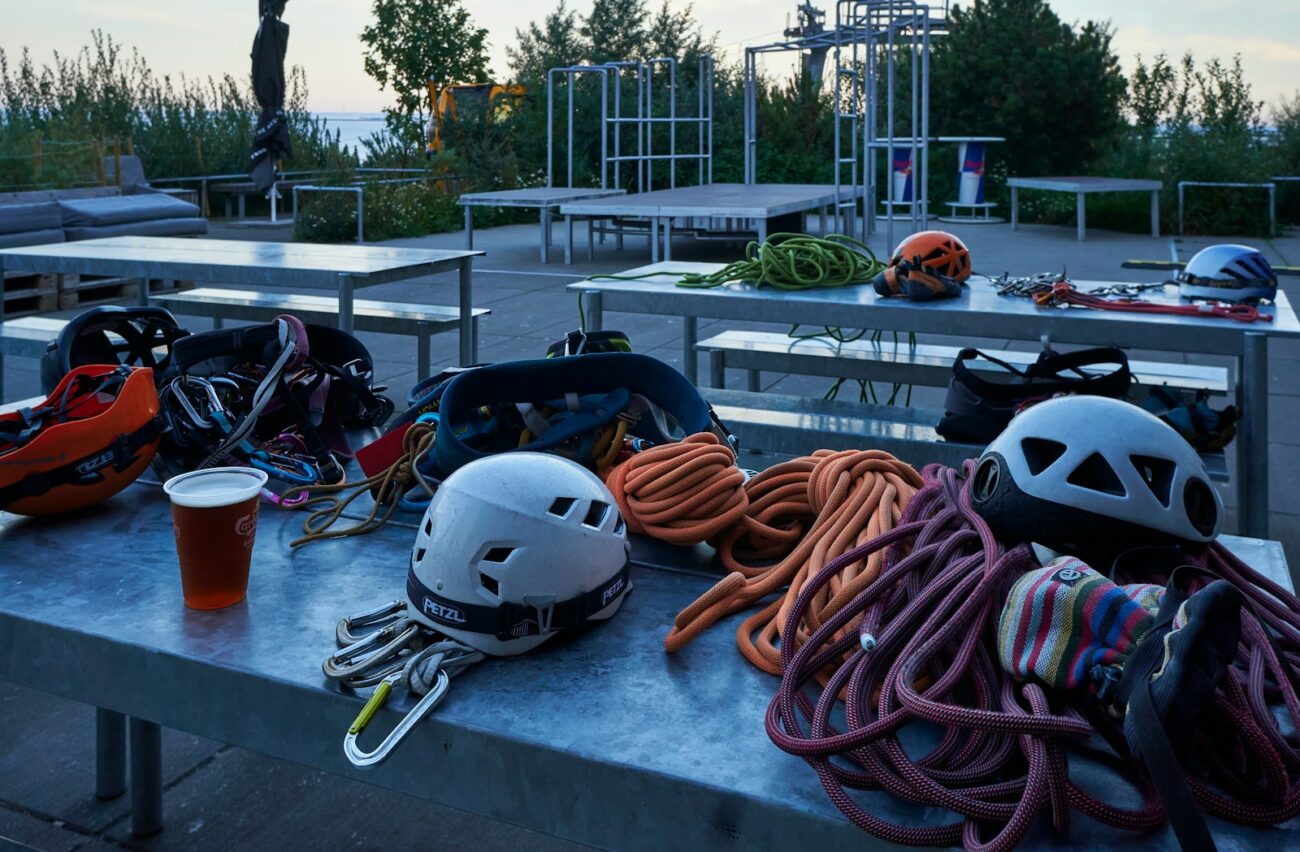The great outdoors calls to many of us, offering adventure, relaxation, and connection with nature. But answering that call requires reliable gear – from tents and sleeping bags to hiking boots and backpacks. Quality outdoor equipment represents a significant investment, and with proper care, these items can serve you faithfully for many years or even decades. Unfortunately, too many outdoor enthusiasts find themselves repeatedly replacing gear that deteriorated prematurely due to improper maintenance. The elements, dirt, moisture, and improper storage all conspire against our beloved equipment. This comprehensive guide will walk you through expert techniques to protect, clean, and maintain your outdoor gear, ensuring it remains functional and reliable for countless adventures to come.
Understanding Your Gear Materials

Before diving into specific maintenance routines, it’s essential to understand what your gear is made of, as different materials require different care approaches. Technical fabrics like Gore-Tex, nylon, and polyester each have unique properties that influence how they should be cleaned and stored. Metal components in equipment such as zippers, tent poles, and cooking gear may be aluminum, steel, or titanium, each with distinct vulnerabilities to corrosion and damage. Natural materials like leather, wool, and down require especially careful attention to prevent deterioration. Taking the time to read manufacturer care instructions for each piece of equipment might seem tedious, but this knowledge forms the foundation of effective gear maintenance and can prevent costly mistakes.
Post-Adventure Cleaning Essentials
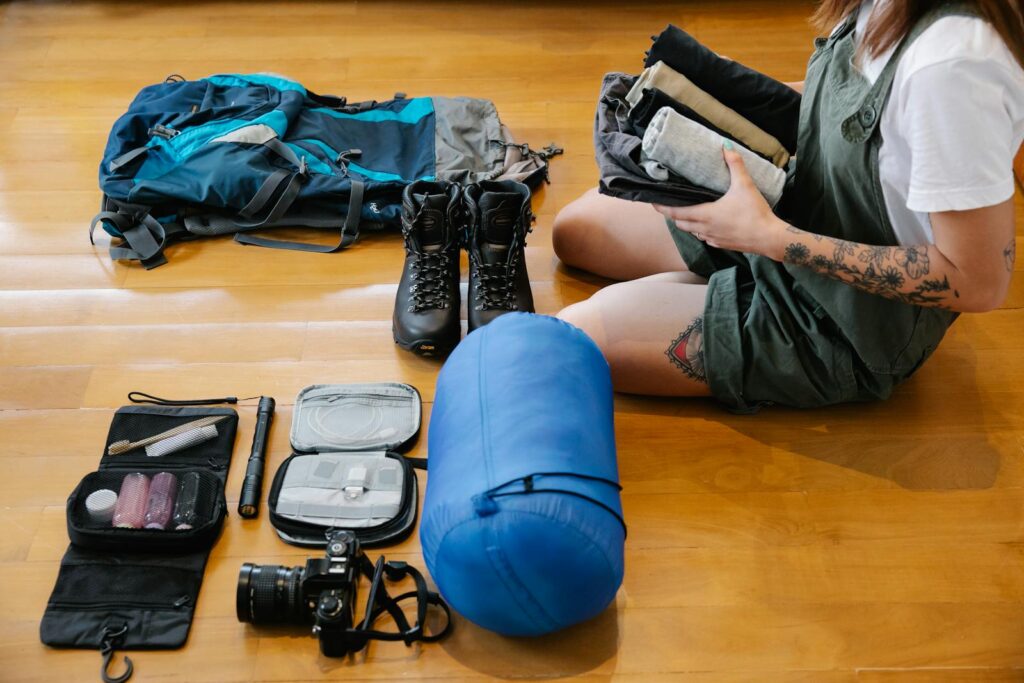
The most crucial maintenance moment occurs immediately after returning from your outdoor excursion. Resist the temptation to toss everything in the garage until your next outing – this is when dirt, salt, and moisture begin their damaging work. Instead, establish a post-trip cleaning routine starting with gently removing surface dirt with a soft brush or cloth. For fabrics, check manufacturer instructions before using any cleaning products, as harsh detergents can damage waterproof coatings and technical materials. For most items, a gentle cleaner specifically designed for outdoor gear is your safest bet, applied with a soft cloth or sponge rather than abrasive brushes. Never put gear away damp – allow everything to dry completely in a well-ventilated area away from direct sunlight, which can degrade fabrics and materials over time.
Caring for Your Tent
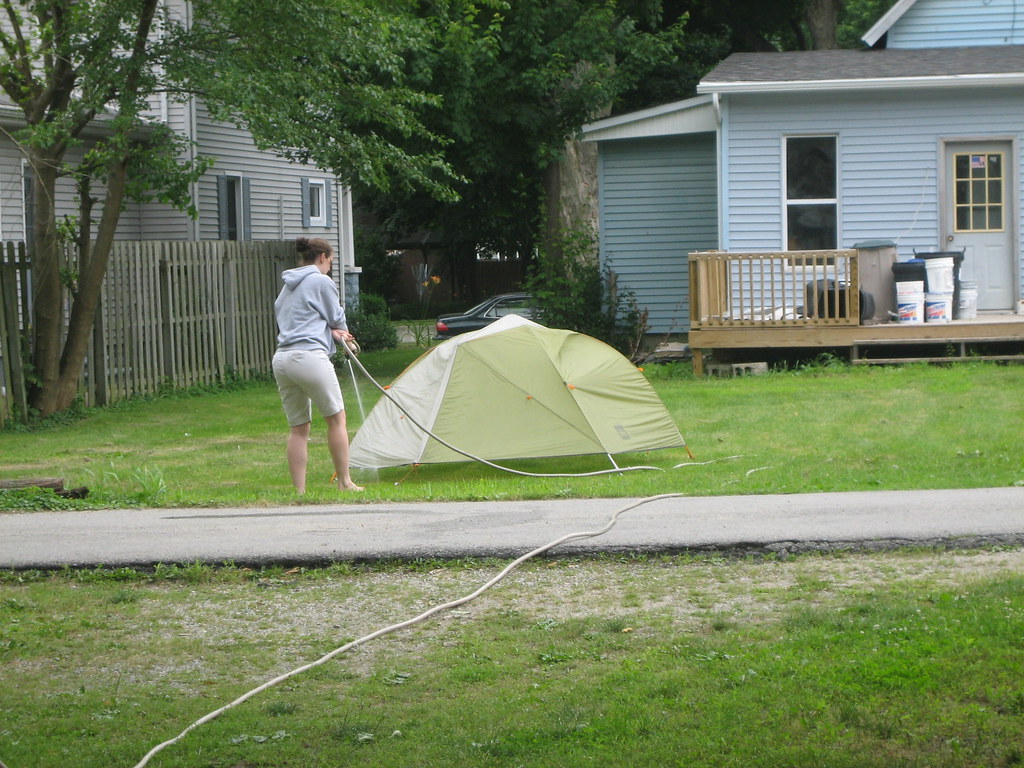
Your tent serves as your home away from home and represents one of your most significant outdoor investments. After each use, shake out all debris and dirt, then set it up at home for a thorough cleaning with a non-abrasive sponge and lukewarm water, avoiding harsh detergents that can damage waterproof coatings. Pay special attention to zippers, clearing away sand or dirt that could damage the teeth or sliders, and consider applying a zipper lubricant to keep them operating smoothly. Before storing, ensure the tent is completely dry to prevent mildew growth, and store it loosely in a breathable cotton or mesh storage sack rather than the compact stuff sack it came in, which can stress the fabric and coatings over time. Periodically reapply waterproof treatments when you notice water no longer beading on the surface, following manufacturer recommendations for compatible products.
Sleeping Bag Maintenance

A quality sleeping bag can last decades with proper care, starting with preventative measures like using a liner to keep body oils and dirt away from the insulation. After each trip, air out your sleeping bag by hanging it loosely or laying it flat for several hours, even if it doesn’t feel damp. For routine cleaning, spot clean small stains with a gentle soap and warm water, being careful not to saturate the insulation. When a full cleaning becomes necessary (typically after 20-30 nights of use), follow manufacturer instructions carefully – down bags generally require special down-specific detergents and front-loading washers, while synthetic bags are somewhat more forgiving. Proper drying is critical, especially for down bags which must be tumble dried on low heat with clean tennis balls to restore loft; synthetic bags can often be hung to dry. Store sleeping bags uncompressed in large cotton or mesh storage sacks, as long-term compression in stuff sacks damages the insulation’s ability to trap warm air.
Backpack Longevity Tips
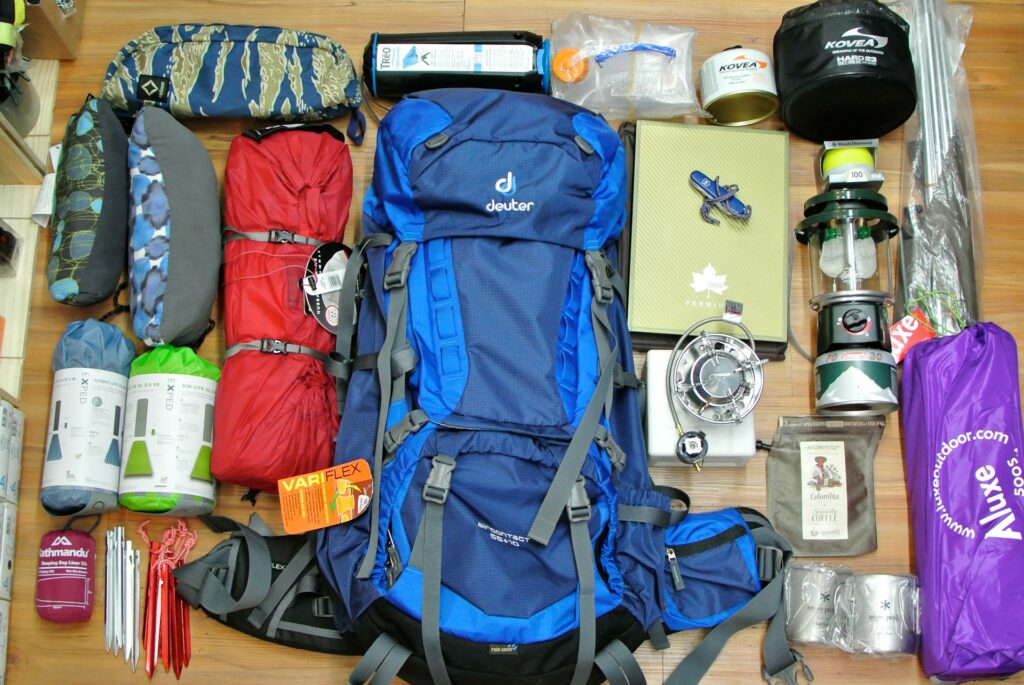
Your backpack endures significant strain while protecting your gear, making regular maintenance essential for extending its life. After each trip, empty all pockets and compartments completely, then shake the pack upside down to remove loose dirt and debris. For surface cleaning, use a soft brush and mild soap with lukewarm water, paying special attention to areas that contact your body where sweat and oils accumulate. Avoid submerging backpacks with internal frames that can rust or specialized electronics that could be damaged. Zippers require particular attention – clean them with a toothbrush to remove grit, then apply a silicone-based lubricant (never use WD-40) to keep them functioning smoothly. Allow the pack to dry completely in an open, well-ventilated area away from direct sunlight, then store it uncompressed with the support structure intact to maintain its shape.
Hiking Boot and Footwear Care
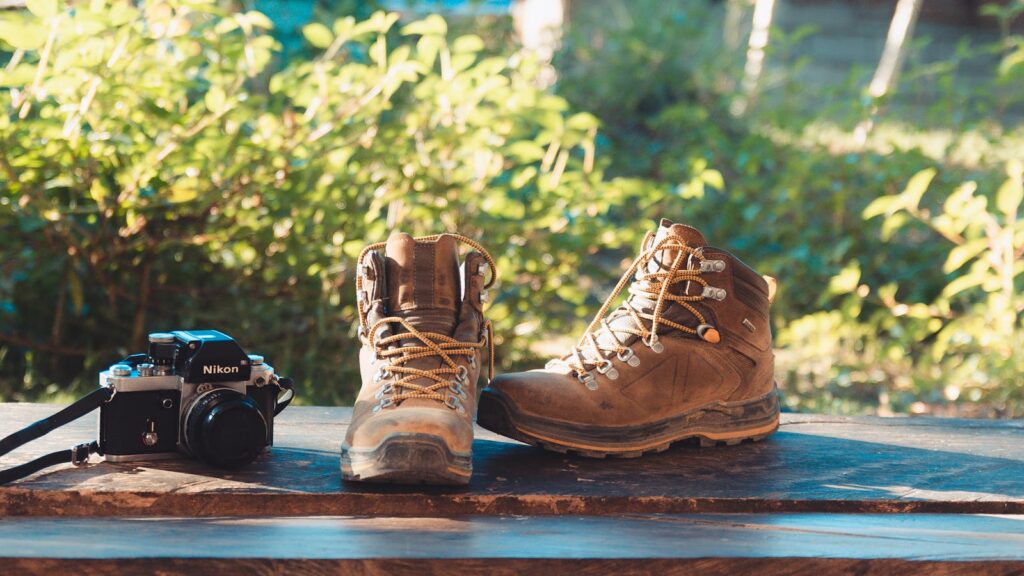
Quality hiking boots represent a significant investment that rewards proper maintenance with years of comfortable, supportive performance. After each hike, remove caked mud and dirt with a stiff brush and inspect for damage to stitching or soles that might require professional repair. Clean the boots with warm water and a soft brush, using specialized cleaners for leather boots or mild soap for synthetic materials, being careful to rinse thoroughly as soap residue can attract dirt. Proper drying is crucial – remove the insoles and loosen the laces, then allow boots to dry naturally at room temperature, never near direct heat sources which can crack leather and damage adhesives. For leather boots, apply an appropriate conditioner once dry to prevent cracking and maintain water resistance, following with a waterproofing treatment specific to your boot type. Store boots in a cool, dry place with boot trees or crumpled newspaper inside to maintain their shape and absorb residual moisture.
Maintaining Technical Clothing

Technical outdoor clothing with waterproof, breathable membranes like Gore-Tex requires special care to maintain functionality. Contrary to common practice, regular washing is actually beneficial as it removes oils, dirt, and contaminants that can compromise breathability and water repellency. Use a technical cleaner specifically designed for outdoor gear, avoiding regular detergents, fabric softeners, and bleach which can damage the membranes and coatings. After washing, reactivate the Durable Water Repellent (DWR) coating by tumble drying on low heat for 20 minutes or carefully ironing on low heat following manufacturer instructions. When the DWR begins to fail (evidenced by water soaking into the fabric rather than beading up), apply a new DWR treatment appropriate for your specific garment. Between wearings, hang technical clothing on proper hangers in a well-ventilated closet rather than compressing in drawers which can damage membranes and insulation.
Cooking Gear and Stove Maintenance
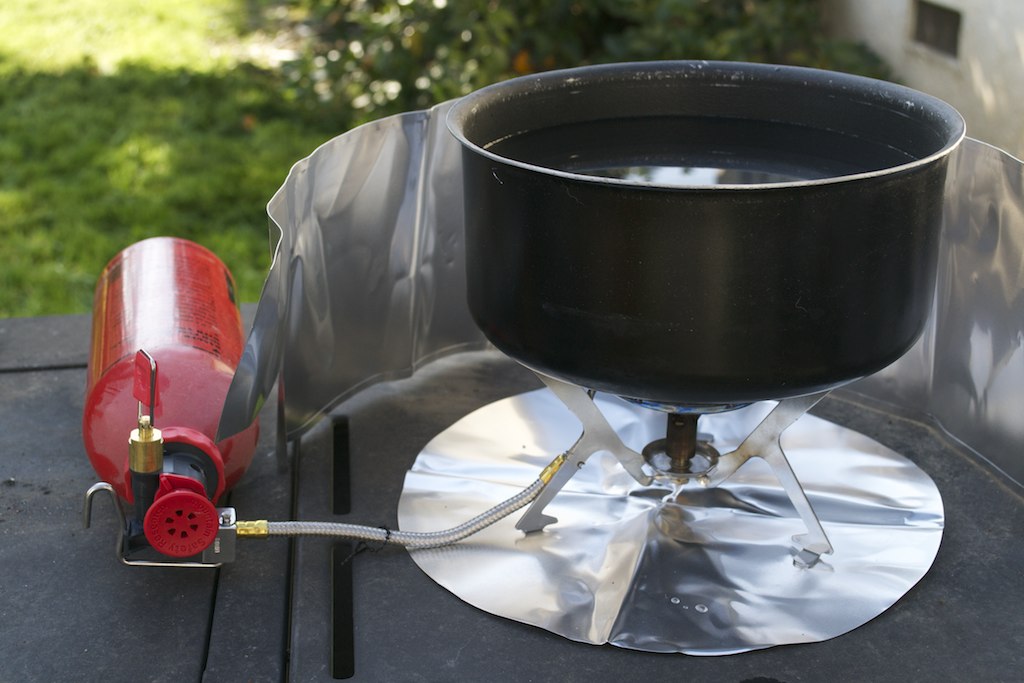
Outdoor cooking equipment requires regular maintenance to ensure safety and functionality in the field. For pots and pans, clean thoroughly after each use, removing all food residue which can attract wildlife and create breeding grounds for bacteria. For stubborn residue, soak in warm water, then scrub gently with a non-abrasive pad, avoiding harsh chemicals that could transfer to food in future uses. Camp stoves need particular attention – disassemble according to manufacturer instructions and clean fuel lines, burners, and jets with appropriate tools, checking for clogs or damage. Test fuel canisters for leaks by applying soapy water and watching for bubbles, and inspect all O-rings and gaskets for wear, replacing as needed. Store cooking gear clean and dry in breathable bags with components separated to prevent scratching, and keep fuel separate from cooking equipment in well-ventilated areas according to safety regulations.
Caring for Climbing Equipment

Climbing gear maintenance isn’t just about longevity – it’s a critical safety issue requiring meticulous attention. After each climbing session, inspect all equipment for damage, focusing on ropes for fraying or core exposure, carabiners for cracks or gate malfunctions, and harnesses for wear at tie-in points and load-bearing stitching. Clean ropes by laying them on a clean tarp and gently brushing with a soft brush, or for deeper cleaning, follow manufacturer instructions for washing with rope-specific cleaner in a bathtub using a figure-eight pattern to prevent tangling. Metal components like carabiners and belay devices should be cleaned with fresh water to remove dirt and salt, then dried thoroughly and treated with appropriate lubricant on moving parts only, avoiding any contact with textiles. Always store climbing gear in a cool, dry place away from chemicals, UV exposure, and rodents that might damage ropes and slings, and retire any equipment that shows significant wear or has experienced high-impact loads regardless of age.
Electronics and Gadget Protection

Modern outdoor adventures often include GPS devices, cameras, headlamps, and other electronics that require specific maintenance protocols. After each trip, clean devices with a slightly damp microfiber cloth, using compressed air to remove dust from ports and crevices. Battery compartments deserve special attention – remove batteries during long-term storage to prevent corrosion, and clean contacts with an electronics-safe contact cleaner if you notice any build-up or resistance. For water-resistant electronics, periodically check and replace gaskets and O-rings as they degrade over time, compromising water protection. Store electronics in padded, waterproof cases with silica gel packets to absorb moisture, keeping them at moderate temperatures away from extreme heat or cold which can damage internal components. For solar-powered devices, occasionally clean panels with a soft cloth and mild glass cleaner to maintain charging efficiency, checking cable connections for corrosion or damage.
Seasonal Storage Solutions

How you store gear during off-seasons significantly impacts its longevity. Create a dedicated storage space that’s clean, dry, cool, and protected from direct sunlight, with good air circulation to prevent mildew growth. Implement a pest prevention strategy using sealed containers where appropriate, avoiding mothballs and chemical repellents that can damage technical fabrics and leave harmful residues. Before long-term storage, perform a thorough cleaning of all equipment following the specific guidelines for each item, ensuring everything is completely dry before storing. Use appropriate storage containers – breathable cotton bags for sleeping bags and tents, padded cases for electronics, boot trees for footwear, and hanging storage for technical clothing. Create a gear inventory and maintenance log, noting the condition of each item, maintenance performed, and any repairs needed before next use, which helps track equipment lifecycle and plan for replacements.
DIY Repairs and When to Seek Professional Help
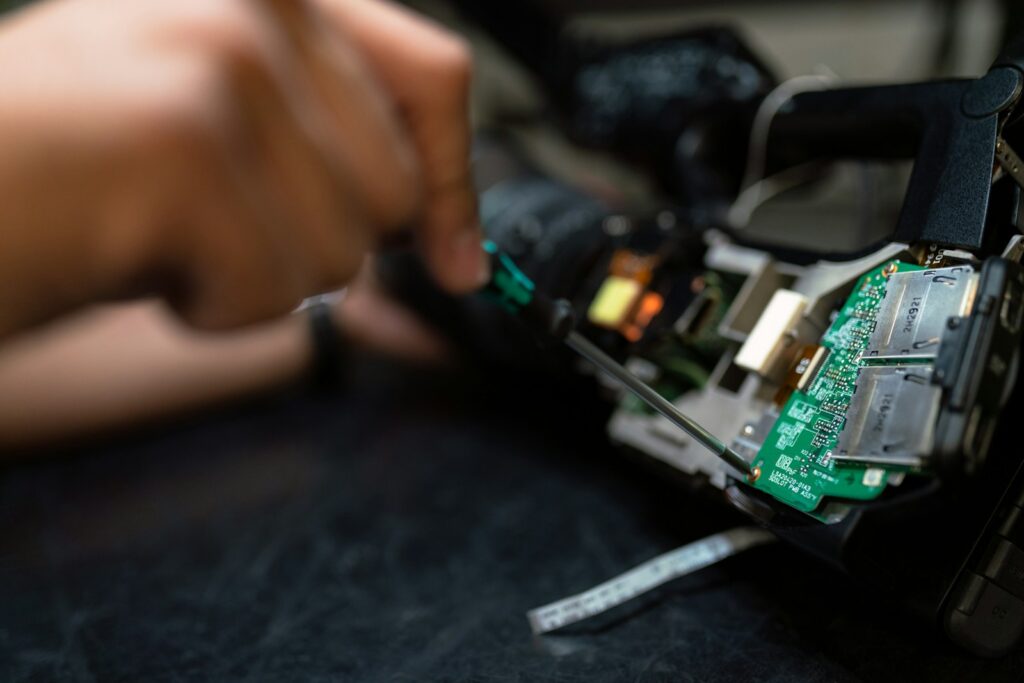
Learning basic repair skills can extend gear life and save money, but knowing when to attempt DIY fixes versus seeking professional help is crucial. For simple repairs, assemble a gear repair kit including items like seam sealer, ripstop tape, replacement cordage, multi-purpose adhesive appropriate for outdoor materials, and a sewing kit with heavy-duty thread. Small tent tears can be patched with ripstop tape or sewing followed by seam sealer, while damaged backpack straps might be stitched or replaced depending on your skill level. However, recognize when repairs exceed your capabilities – structural damage to load-bearing equipment, repairs involving complex waterproof membranes, or any modification that might compromise safety should be handled by professionals. Many manufacturers offer repair services, and specialized repair shops can handle complex issues like boot resoling, tent zipper replacement, or sleeping bag zipper repair, often extending gear life at a fraction of replacement cost.
Creating a Maintenance Schedule

Establishing a consistent maintenance routine transforms gear care from an occasional chore to a seamless part of your outdoor lifestyle. Create a calendar-based system with three tiers: post-trip maintenance performed immediately after each adventure, seasonal deep cleaning scheduled during transition periods, and annual comprehensive inspection conducted regardless of use frequency. Develop checklists for each equipment category to ensure no maintenance step is overlooked, laminating these lists for durability and keeping them with your gear. Document all maintenance activities, repairs, and condition notes in a dedicated logbook or digital system, including dates, procedures performed, and products used. This record-keeping not only reminds you when maintenance is due but creates a history that helps identify recurring issues and informs future equipment purchases, ultimately saving money and preventing gear failures at critical moments.
Proper gear maintenance might seem time-consuming, but it represents an investment that pays dividends in equipment reliability, performance, and longevity. Beyond the financial benefits of extending gear life, well-maintained equipment provides peace of mind during outdoor adventures, allowing you to focus on the experience rather than worrying about equipment failures. By understanding your gear’s specific needs, establishing consistent cleaning routines, mastering proper storage techniques, and knowing when to seek professional repairs, you transform disposable goods into lasting companions for your outdoor journey. The connection between adventurer and well-cared-for gear develops over time, with each piece carrying memories of past expeditions while standing ready for the next horizon. Treat your outdoor equipment with respect, and it will serve you faithfully through countless adventures to come.

